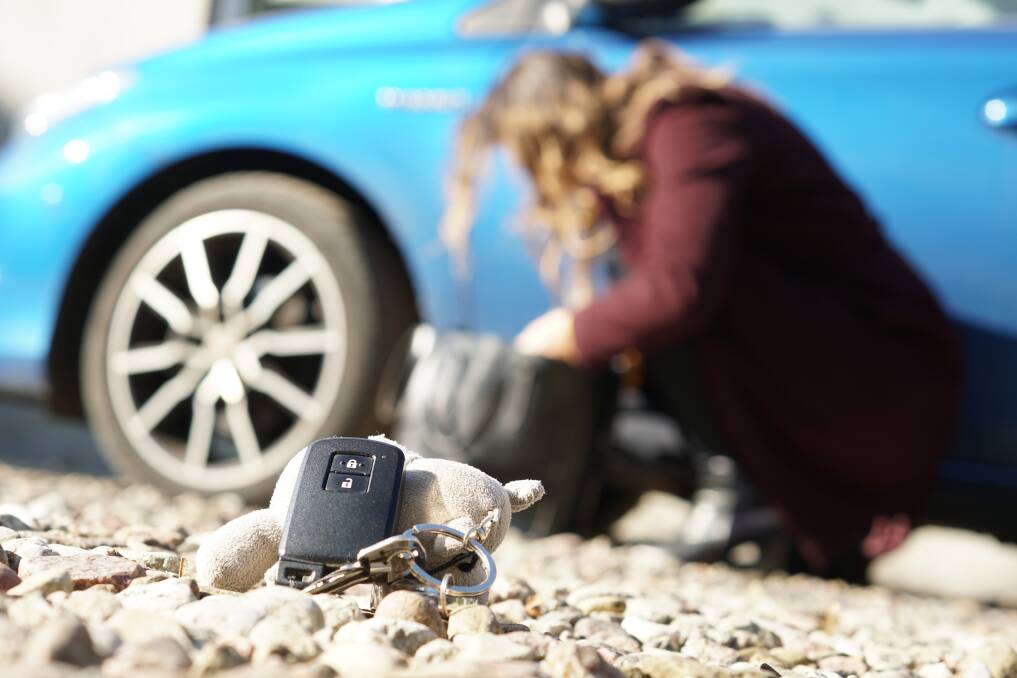Has Apple lost the innovation edge? After seven years on the market, Apple has decided Bluetooth tracking is an excellent idea | The Canberra Times | Canberra, ACT

Has Apple lost the innovation edge? After seven years on the market, Apple has decided Bluetooth tracking is an excellent idea

When it comes to business product development, is it better to be the first to market or to be the best on the market?
If you believe the marketing from one particular potato chip company, the best outcome is to be both – the original and the best.”
Apple was once a company that prided itself on innovation, and customers and competitors alike would watch with keen interest to see what new product Apple was going to bring to market. Just to name a few: Apple II; Mac; iPod; iTunes; iPhone; iPad; Apple Watch; Apple Pay; AirPods; AirDrop.
Then, at some point, Apple lost the innovation edge. Maybe the turning point was September 12, 2017. Among other announcements, Apple announced the AirPower. An innovative wireless charging mat that could charge up to three devices simultaneously.
Consumers held off purchasing other wireless charging pads to buy this device. Competitors went in to overdrive trying to develop something similar. After almost two years of silence, by March 2019, Apple finally decided that they had to say something and they cancelled the release.
Way back in 2013, the Tile Bluetooth tracker raised a massive $2.6 million via its Selfstarter crowdfunding campaign. They started shipping the product towards the end of 2014. I bought my first Tiles soon after and still use newer versions of the Tile today.
After seven years on the market, Apple has decided that Bluetooth tracking is an excellent idea.
Apple has had a similar but limited concept that they included as part of their operating system since September 2015. Most Apple users will be familiar with the ‘Find My’ app which allows users to find their Apple device.
After seven years on the market, Apple has decided that Bluetooth tracking is an excellent idea.
Tile has a huge advantage though. It isn’t designed to track a phone. It is designed to track any device that you attach a Tile to.
Your keys; your wallet; a teddy bear; a briefcase. With the success of the Tile and an estimated 10 million plus trackers sold, competitors started popping up. TrackR; PebbleBee Honey; Cube; Wistiki; Orbit and more.
With all of these devices there is one major limitation. To keep the cost low and the battery life high, they all rely on Bluetooth connectivity. The downside is that you need to be in the near vicinity of your lost device.
Depending on the model, your phone needs to be a maximum of 40m to 120m from your Bluetooth device. Fine if your keys fell under the bed but not so great if they fell out of your pocket while out on a run. Manufacturers came up with two solutions. Firstly, your app will show you the last known location of the tracker.
Secondly, use the crowd network to help you. Other people using the same brand of tracker can help you locate your device – without any intervention and without sharing any personal data. Now the best product is the one with the largest number of users.
Enter Apple. Tile may have more than 10 million devices on several million phones but … Apple wasn’t first to market in the Bluetooth tracker space but they may well be best to market.
Apple has announced that new third party products will soon join the ‘Find My’ program allowing users to track devices using the same system to locate Apple devices.
The big advantage for those users? Apple has over one billion active iPhones and 1.65 billion total active devices. No matter where you lose your Bluetooth tracker, there is a pretty good chance someone with ‘Find My’ will be nearby.
Tell me what you would install a Bluetooth tracker on at [email protected].
- Mathew Dickerson is a technologist and futurist and the founder of several technology start-ups.
Check out how you can save with the latest deals on business, home office and technology with discount codes from Australian Coupons.
